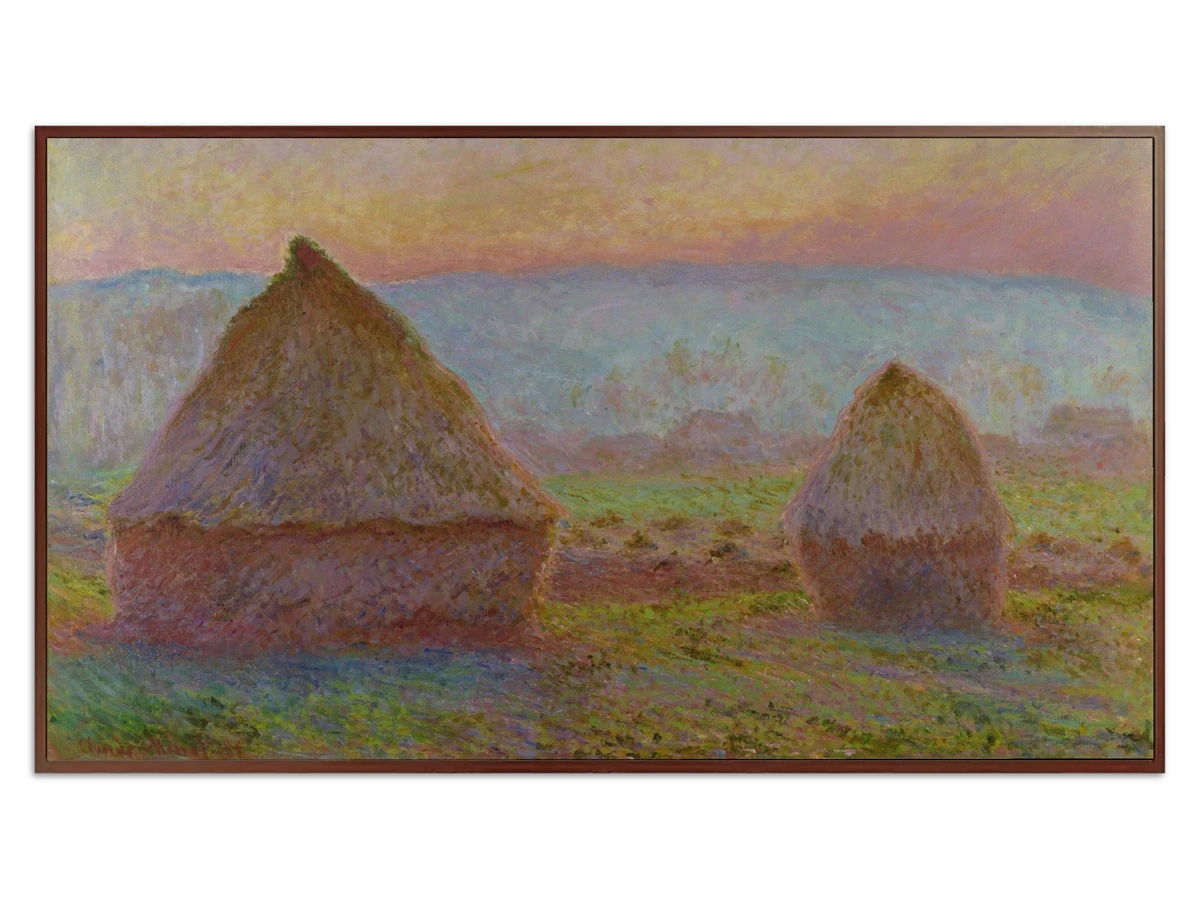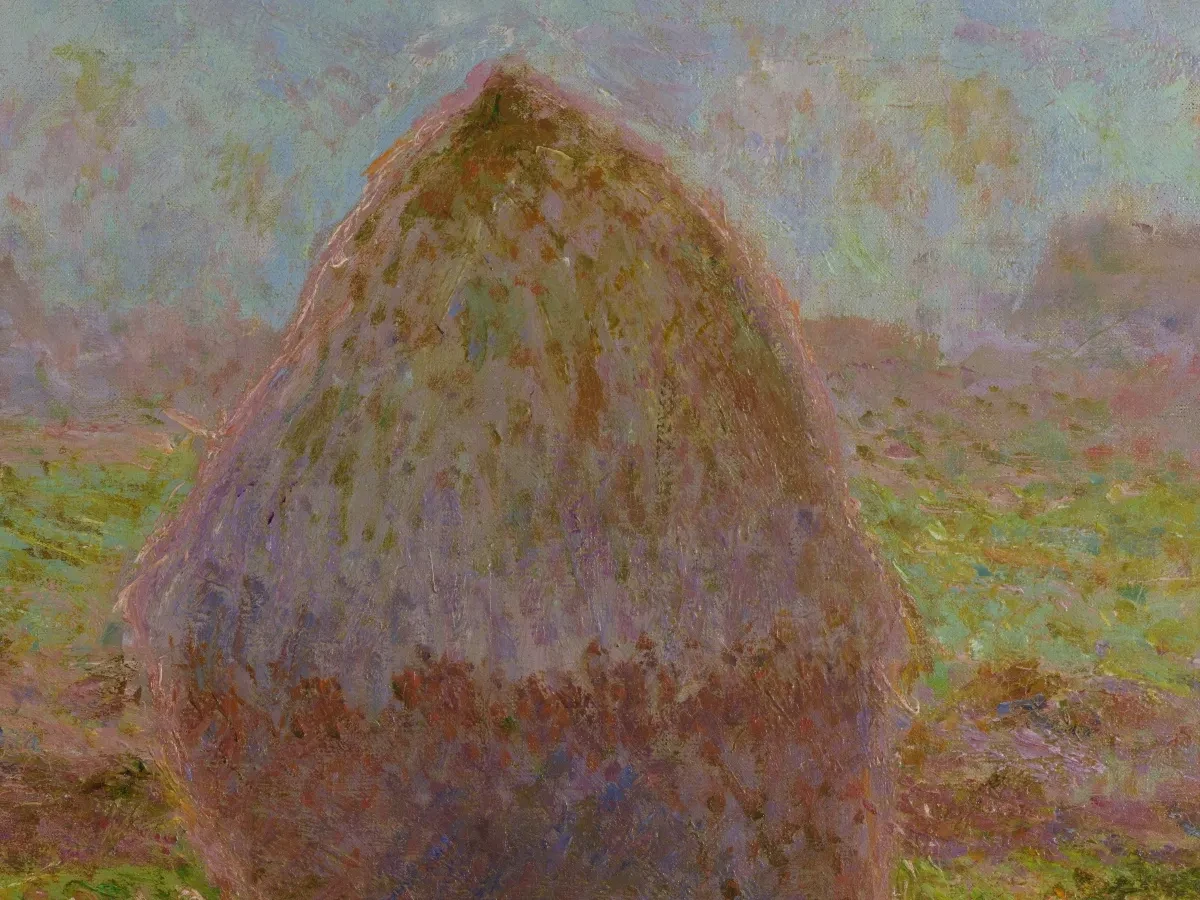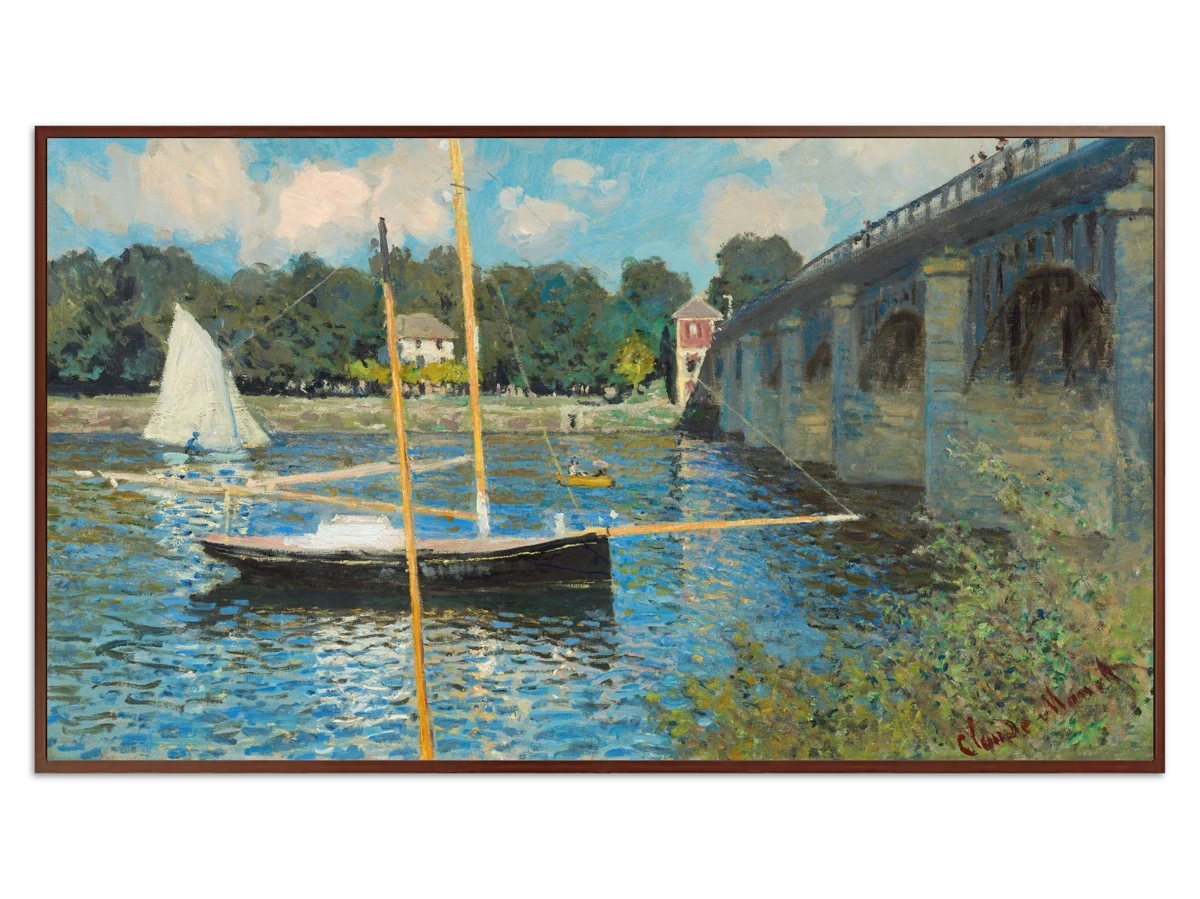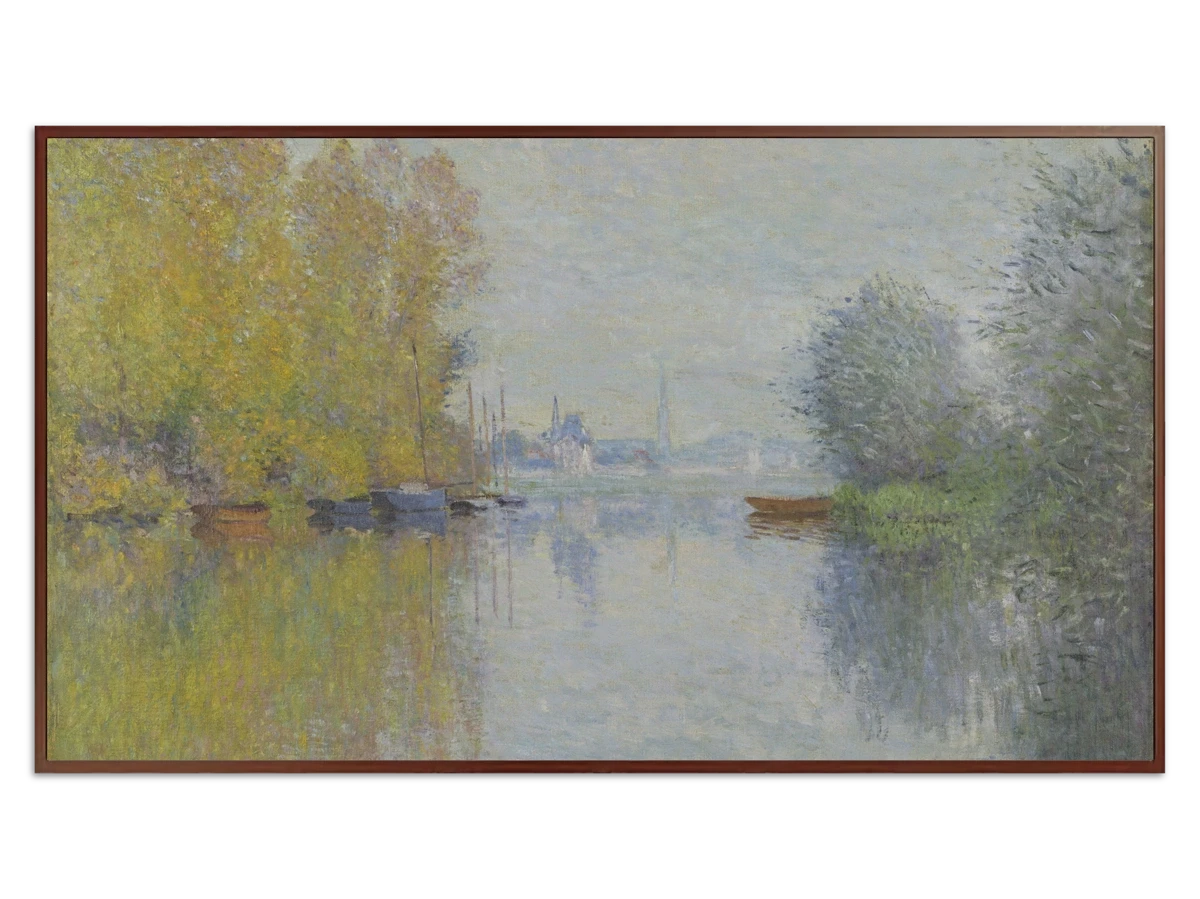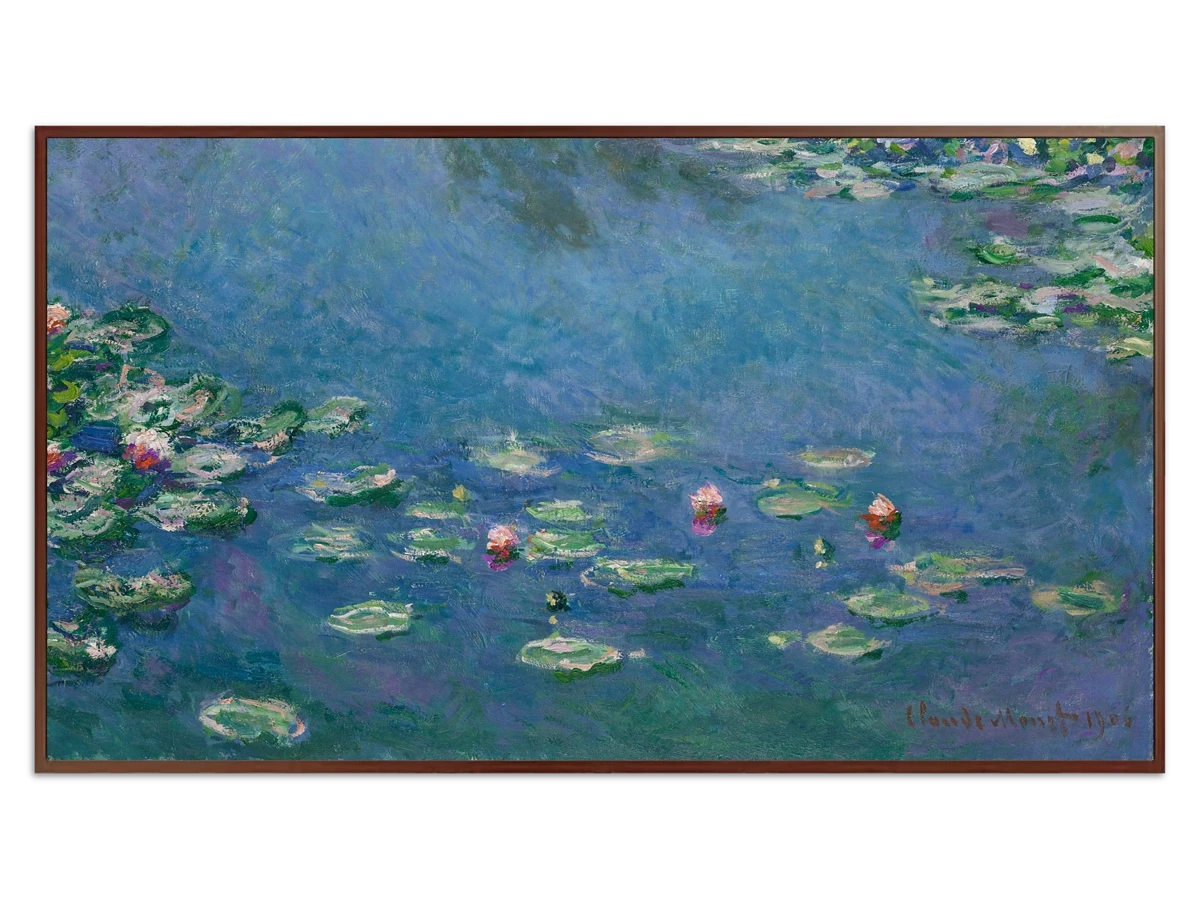Product Tags
- Holidays
- Seasons
- Artists
- Subjects
- Aerial
- Angels
- Animals
- Architecture
- Beach
- Birds
- Boats
- Buildings
- Cats
- Cityscape
- Clouds
- Deer
- Fashion
- Fireworks
- Fish
- Floral
- Flowers
- Food & Drink
- Forests
- Fruit
- Horses
- Landscape
- Lighthouses
- Moon
- Morning
- Mountains
- Music
- Nature
- Night
- Ocean
- Patterns
- People
- Plants
- Religion
- Roads
- Sand
- Skeletons
- Skulls
- Sky
- Snow
- Sports
- Stars
- Still Life
- Sunrise
- Sunset
- Travel
- Trees
- Water
- Waterfalls
- Places
- Colors
- Aesthetic
- Art Styles
- Mediums
- Time Periods
